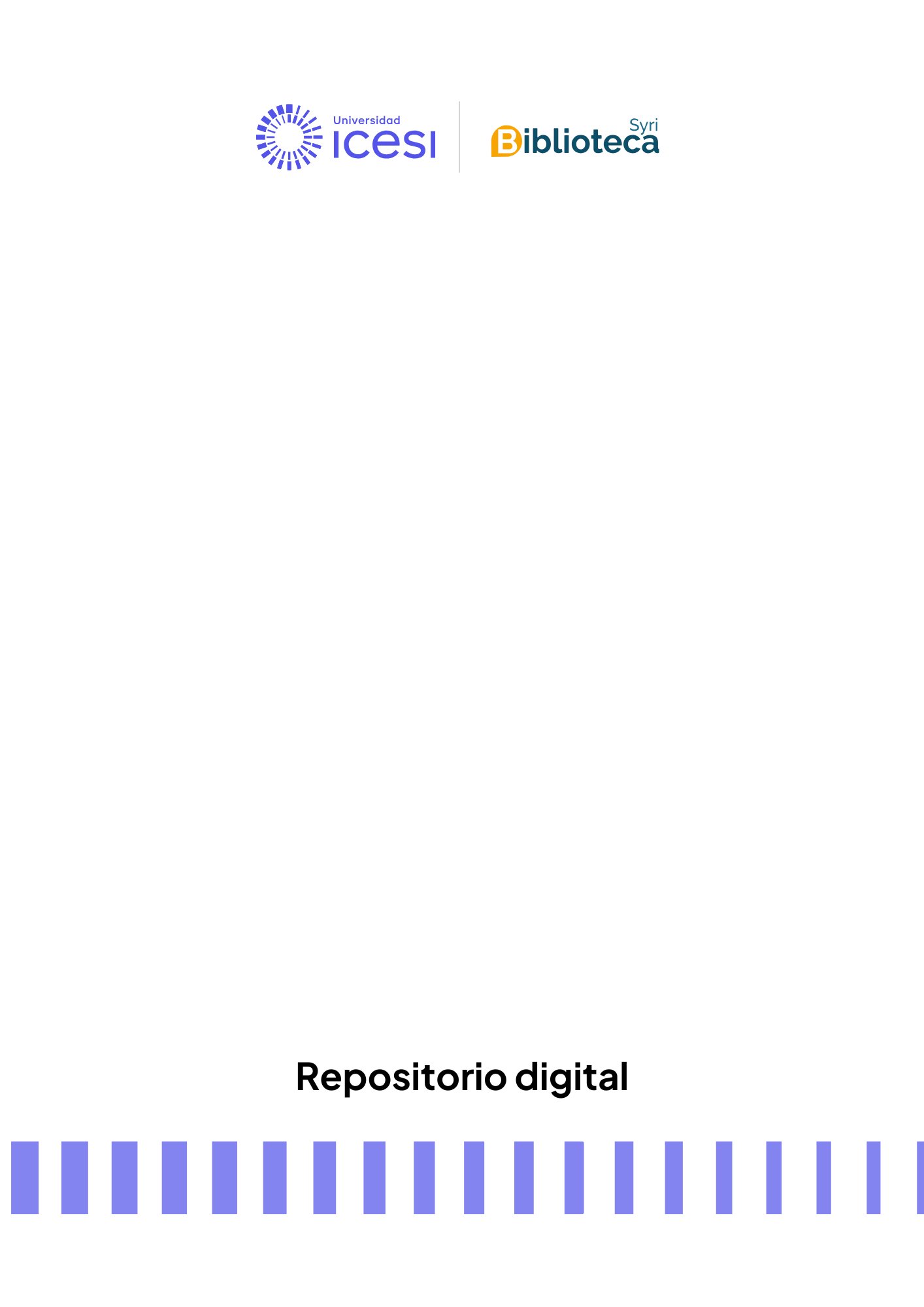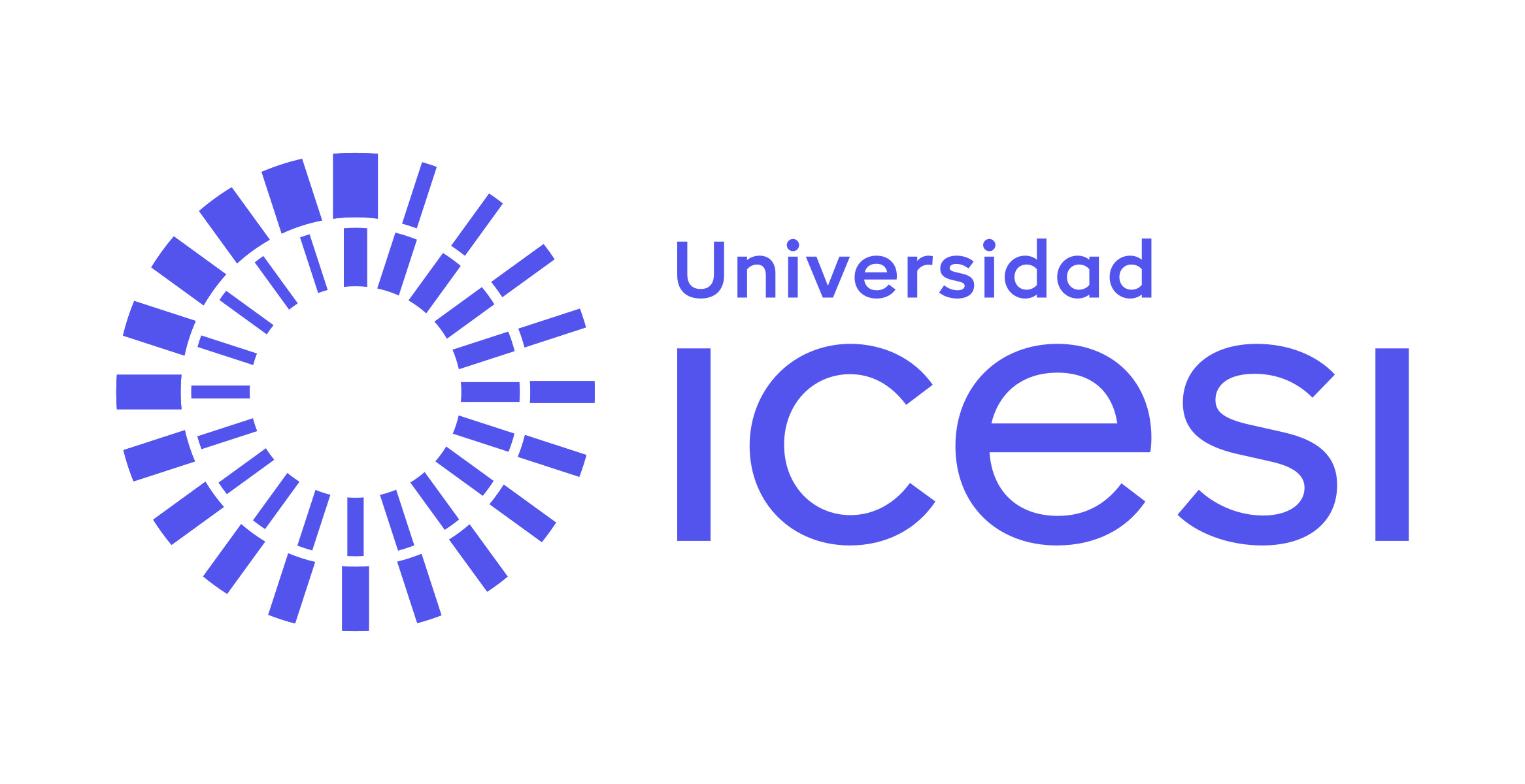Barrier to Access or Cost Share? Coinsurance and Dental-Care Utilization in Colombia

Archivos
Fecha
Autores
Director de tesis/Asesor
Título de la revista
ISSN de la revista
Título del volumen
Publicador
Editor
Compartir
Resumen
Background: Copayments, deductibles, and coinsurance, are elements of health-care systems to make prices salient for the insured. Individuals may respond differently to cost sharing, according to the type of care they seek; dental care, as a combination of both acute and elective care, is an ideal setting to study the effects of cost-sharing mechanisms on utilization. Objective: To test how coinsurance affects dental-care utilization in a middle-income country context. Methods: This study uses policy variations in the Colombian health-care system to analyze changes in dental-care utilization due to different levels of coinsurance. We used matching procedures to balance observed differences in pre-treatment variables between those who face coinsurance (non-policy holders, or beneficiaries) and those who don’t (policyholders). We use zero-inflated negative binomial models for the count of visits and two-part models for total expenditures, and test for unobservable confounders with random-effect models and instrumental variables. Results: Individuals who face coinsurance are less likely to have any dental-care utilization, at a relatively small scale. Facing coinsurance does not correlate with changes in total expenditures. Falsification tests with dental-care visits exempt from coinsurance show no statistically distinguishable changes in utilization. Random-effect models and instrumental variable models show results similar to the main specification. Conclusions: Cost-sharing policies in Colombia seem to be well designed because they don’t represent an important barrier to dental-care access. © 2016, Springer International Publishing Switzerland.

